Leica Q2: 10 things we've learnt from our tests
A camera Q himself would no doubt approve of
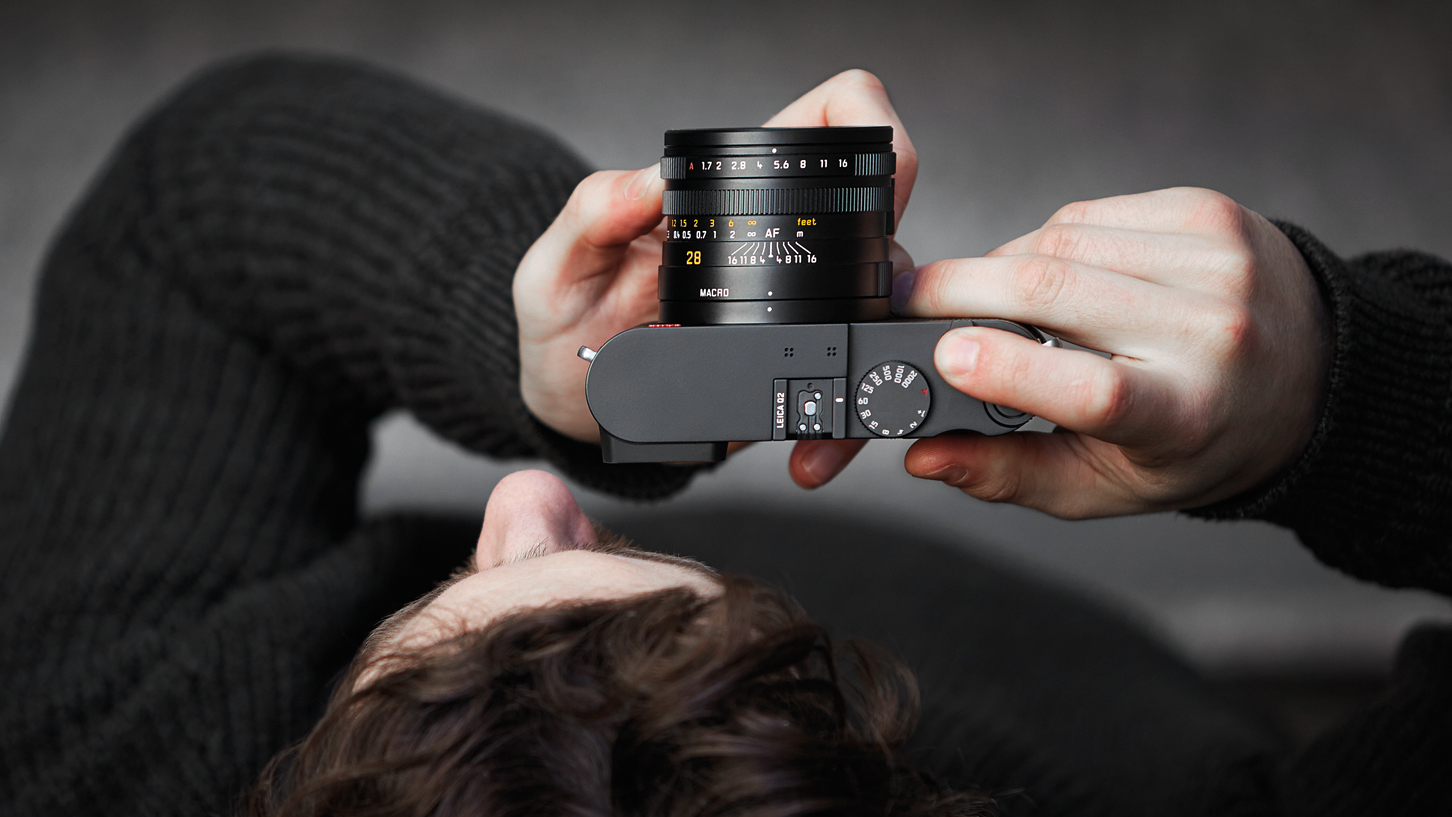
Full-frame sensors don't just exist in DSLRs and mirrorless cameras – you can buy compact cameras with these nestled inside them too.
True, there aren't many such cameras, and they're fairly niche, but their more targeted audience means that when a manufacturer does release one it will probably be something special.
The latest addition to this exclusive club is the Leica Q2, a camera whose handsomeness is difficult to argue with, build hard to fault… and price tag difficult to swallow. It packs a 47.3MP full-frame sensor and a fixed 28mm f/1.7 lens inside a body the size of an entry-level mirrorless camera, with the further advantage of a built-in electronic viewfinder and even 4K video.
That's what it offers – but what's it like to use? And what else might you need to know that might not be obvious from the spec sheet? From the good to the bad, here's a quick look at what we've found so far.
1. Minimal design hides lots of features
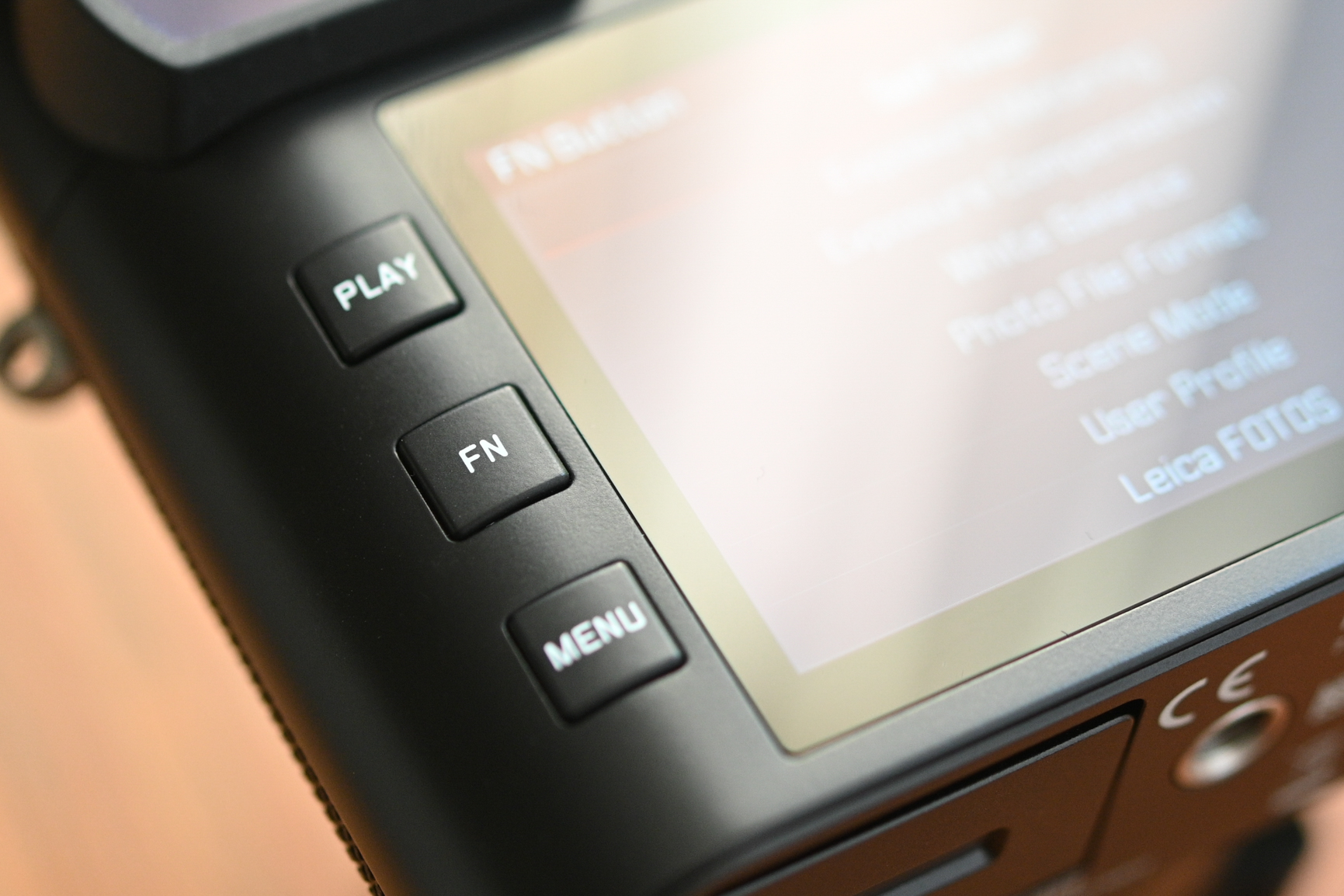
Like most of Leica's cameras, the Q2 is pretty minimal in terms of physical controls. Most manufacturers like to flood their cameras with with all kinds of customizable buttons and switches, but here things are kept simple – although if you think that means there's less to control, you'd be wrong.
For example, there's only one physical Fn button that lets you assign a function of your choice, a control that's usually included in abundance on other cameras, and if you press it down once it simply brings up either the default option or one you've selected; but if you press and hold it down you get a whole menu of other options.
Similarly, there's no movie function engraved onto any dial or button, but if you press the unmarked central button on the menu pad the camera immediately crops to a 16:9 ratio, and brings up a dot that lights up when you start recording footage.
Get daily insight, inspiration and deals in your inbox
Sign up for breaking news, reviews, opinion, top tech deals, and more.
There also appears to be no eye sensor that switches between showing you the scene on the LCD and in the viewfinder, until you realize that this is actually hidden next to the latter. Little things like this make you appreciate how well Leica has managed to balance high functionality with minimal design.
2. It's rare in offering a genuinely silent shutter
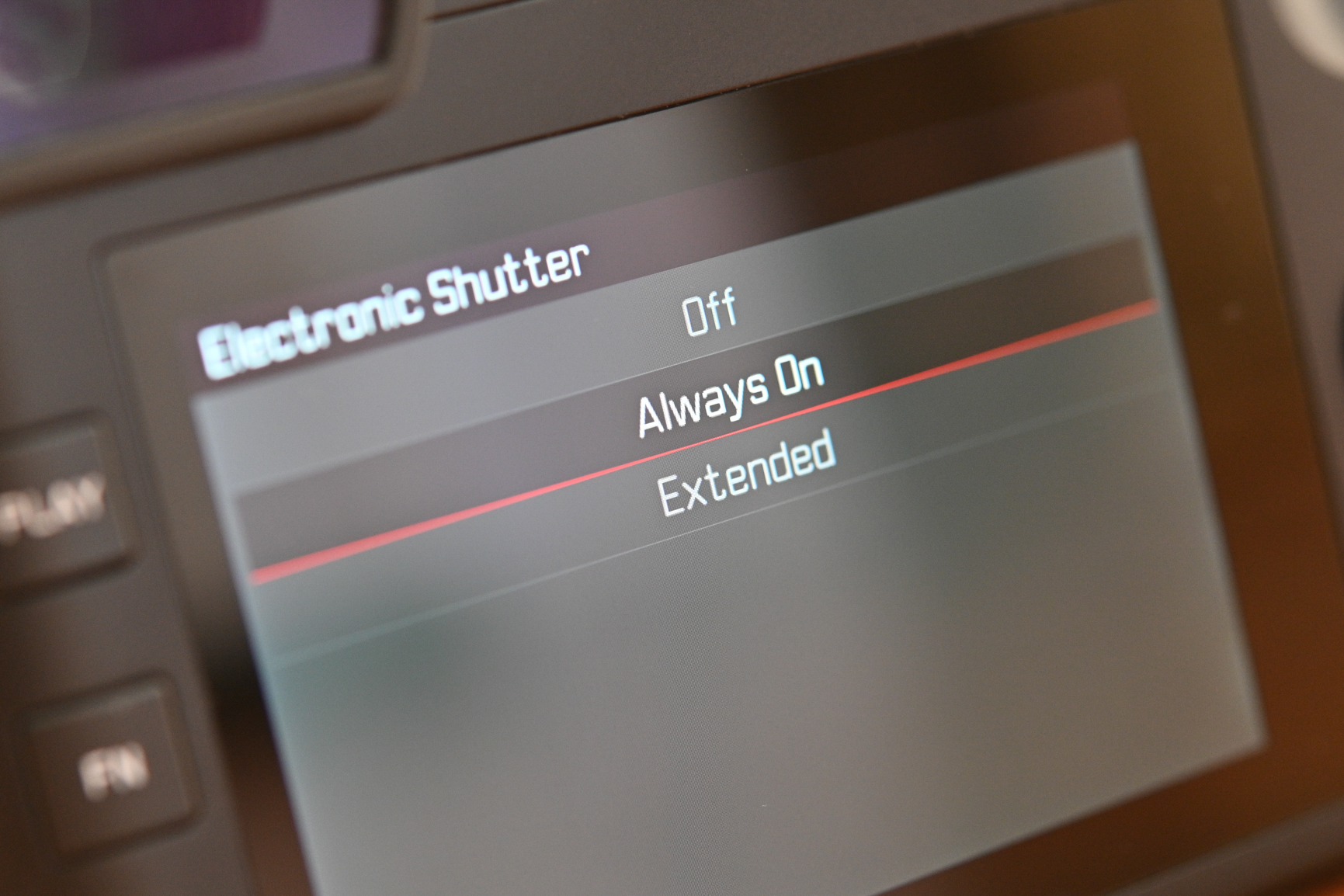
DSLRs can be fairly noisy when they take an image, and even many mirrorless cameras that claim to offer silent shutters still emit a slight but audible click as the image is captured.
In some cases this can be noticeable enough for it to be more accurately described as 'very, very quiet' rather than silent, but the Q2 is genuinely silent. You wouldn't actually know an image was being taken unless you're watching the camera, which makes it perfect for situations where discretion is essential.
3. Detail is exceptional for a camera this small
There aren't many cameras that can deliver 47.3MP images from a full-frame sensor in a body this small – in fact, outside of the Leica Q2, there aren't any. The closest you'll get is the Sony RX1R II, a three-year-old compact that's a little more portable but which has much the same idea as the Leica Q2, with a slightly lower-resolution 42MP sensor.
Not that 5MP is going to make much difference, but images from the camera show the Q2 is capable of capturing masses of detail right across the frame. Even when you're using the lens at its widest aperture, where we normally see softness, sharpness is excellent. If you need image quality that will rival the best DSLRs and mirrorless cameras right now in terms of sheer detail, you'd be hard pressed to find it on any other compact camera.
4. Looks great… handling, less so
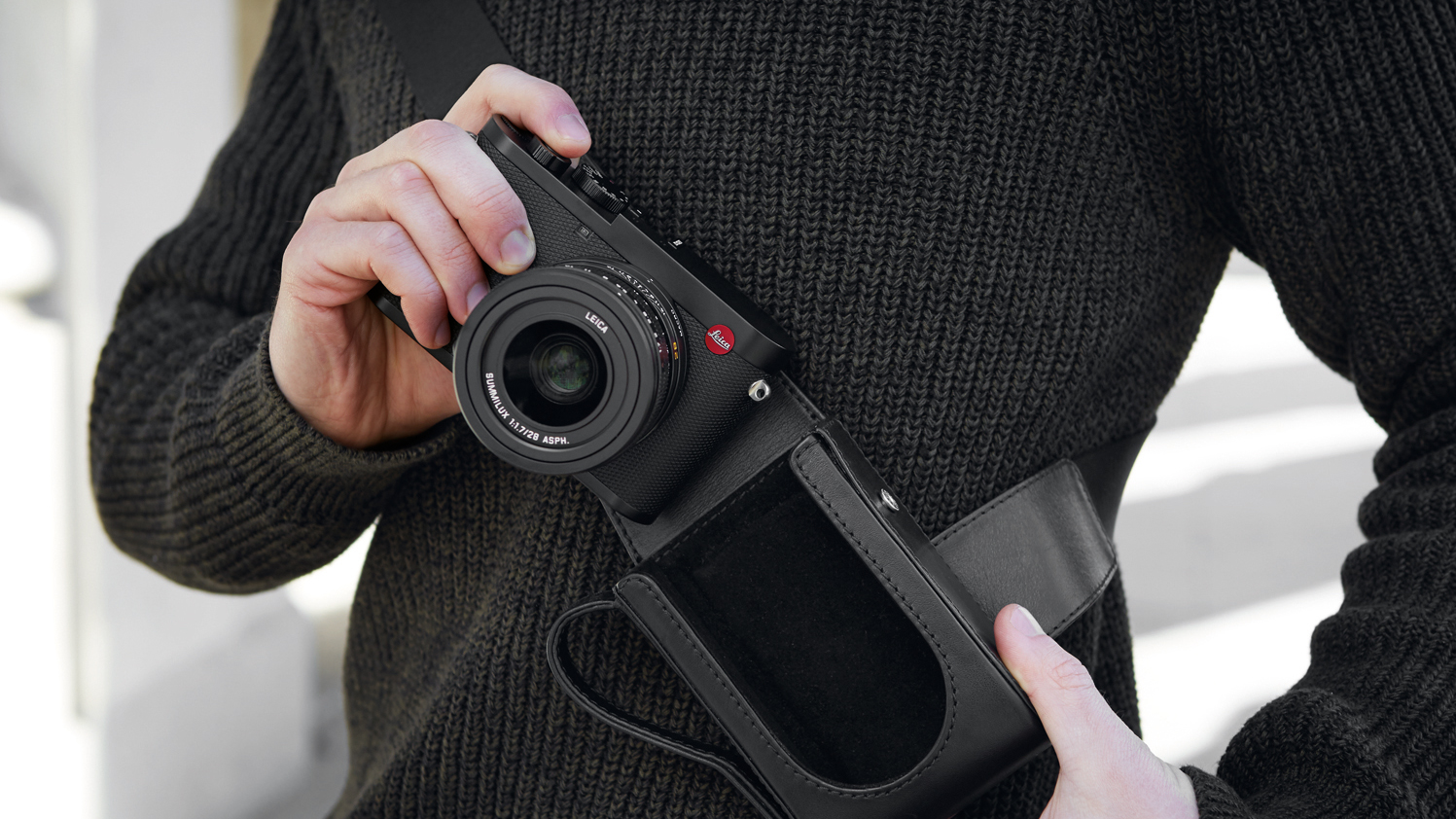
Leica's cameras are unquestionably handsome, and the Q2 makes no attempt to break with that tradition. But with no grip, it also suffers the same fate as the Sony RX100 series and many other cameras designed in the same way: namely that there's nothing really to get hold of around the front.
Unless, that is, you mount an external grip, which Leica will happily sell you. This screws into the base plate, and gives you a good bit of extra camera to wrap your hand around, although being a Leica grip means you'll have to pay around £110 / $125 for the privilege.
5. The viewfinder is better than expected
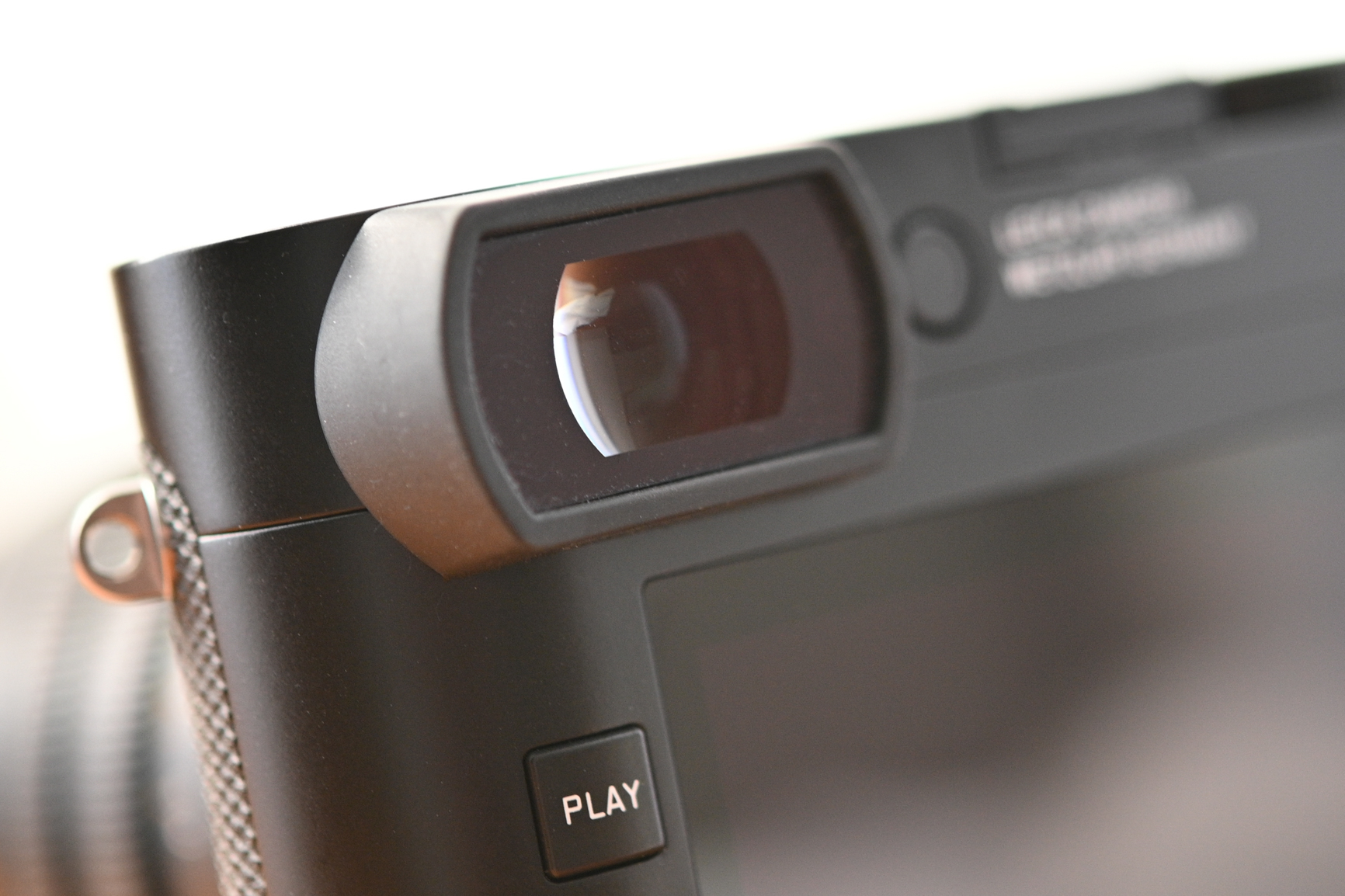
Lots of people still prefer an optical viewfinder on their cameras to an electronic one, and in some cases they can be easier to use. But it's pointless to deny just how good some of today's electronic viewfinders can be – and the one on the Q2 is pretty damn good.
It's huge, bright and has 3.69 million dots to play with, so it shows excellent detail. It's particularly nice to use when you're manually focusing the lens, as it magnifies right into the scene, and shows you exactly where you're focusing with the assistance of colored highlights.
The menus look nice and crisp and the eye point is really good too, which means you can have the camera slightly away from you and still see everything inside in its entirety. It's pretty much what you want an electronic viewfinder to be.
6. You get four lenses in one
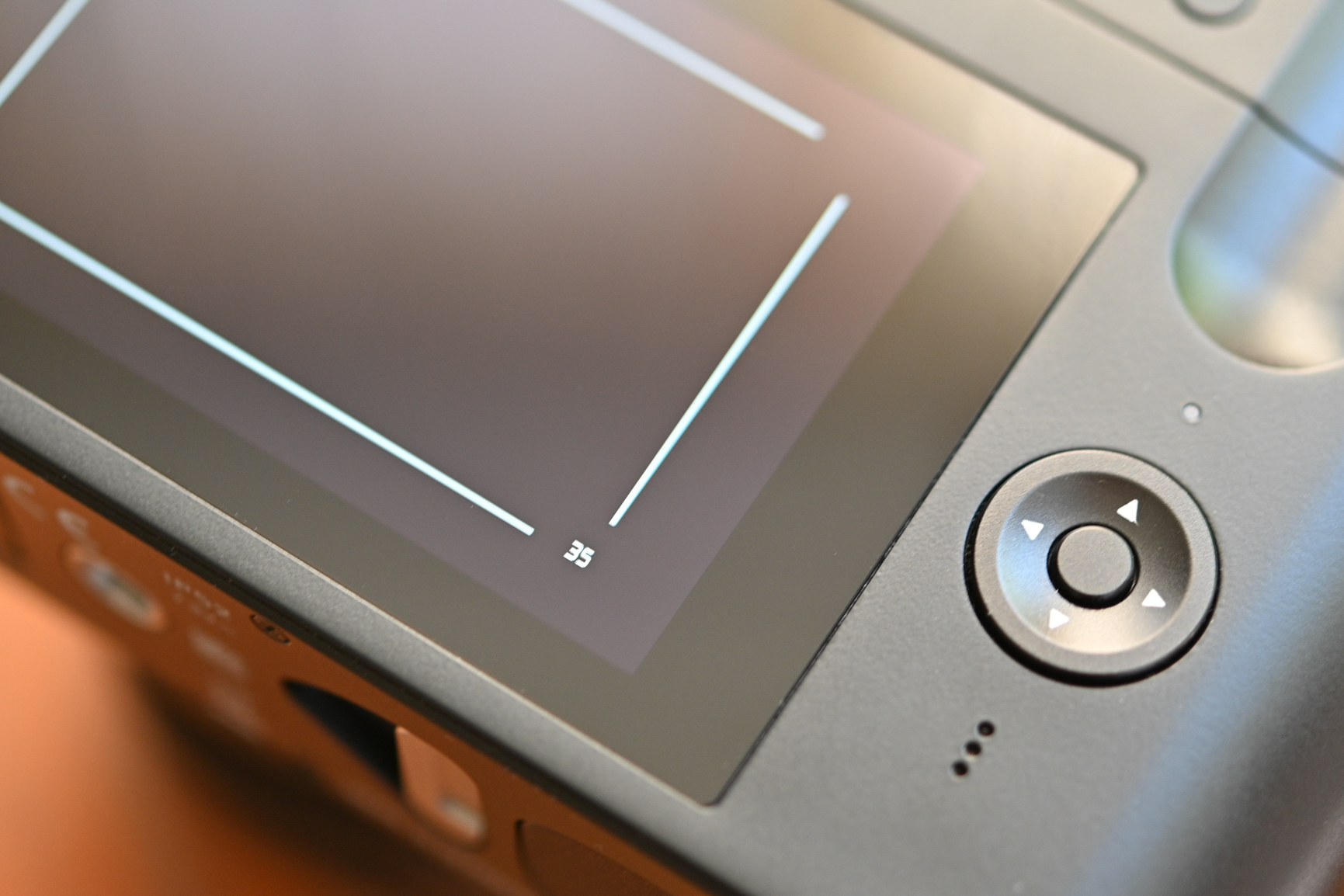
Well, kind of.
Although the camera is only equipped with a 28mm lens that you can't change, the Q2 is the latest model of its kind to offer an additional cropping option that improves its flexibility for subjects you might not normally capture with a such a wide lens.
Pressing a small unmarked button on the back of the camera brings up a box on the screen that correlates with a focal length of 35mm (above). So, as long as you frame up your shot within this box, the resulting image will appear as though it were taken with a 35mm lens.
Press this button again and it jumps to 50mm, and press it once more and you get a 75mm box, and each time the camera simply drops the resolution so that you get a slightly smaller image size as you increase the focal length. The fact that it normally takes images at 47MP means that even when you're at 75mm you still end up with a 7MP file – plenty large enough for sharing online or printing to modest sizes.
7. The average entry-level DSLR has better battery life
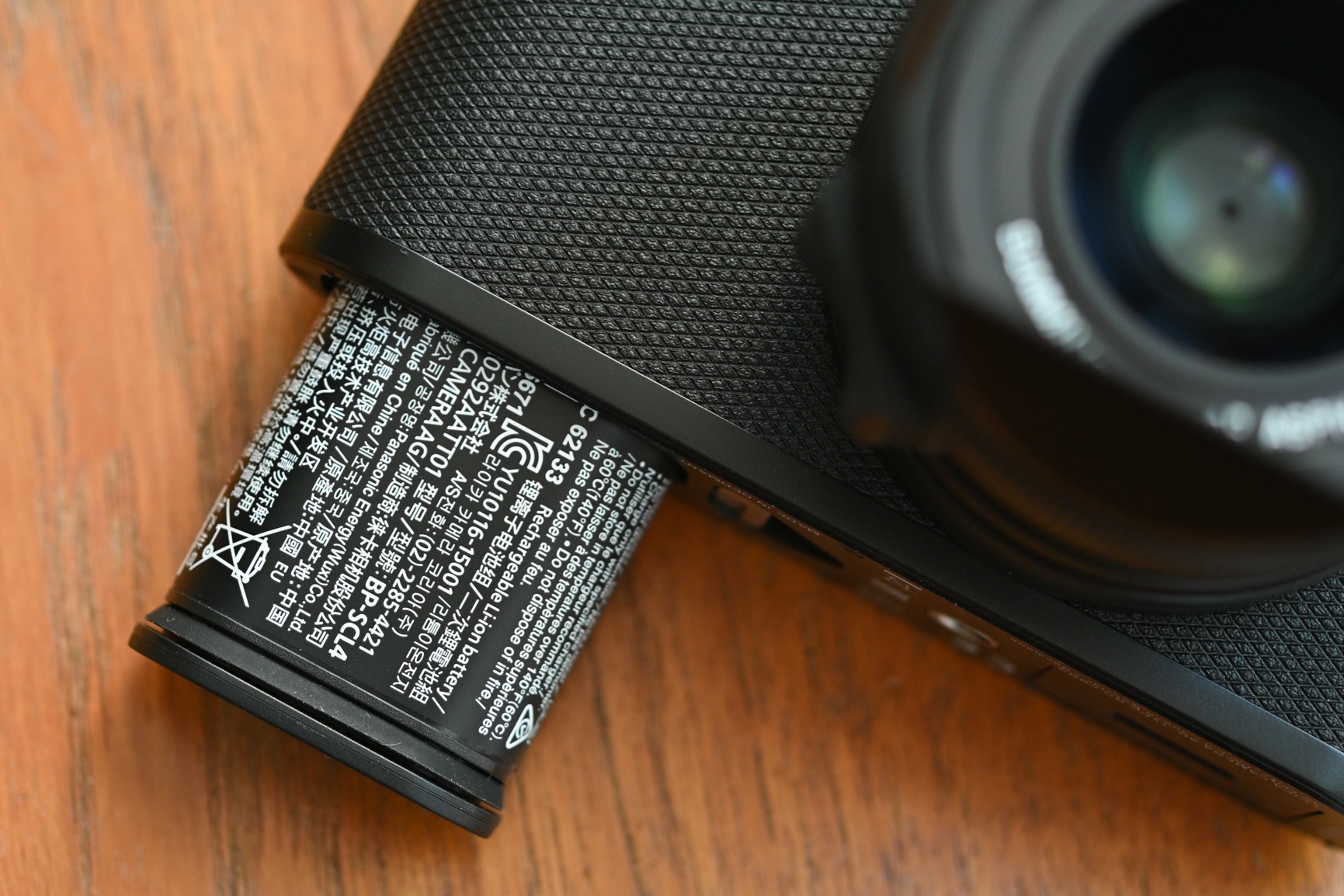
This is admittedly the Achilles' heel of compact cameras, but 350 frames per charge is what CIPA – the association that tests these things – reckons you can get from a single charge of the Q2's battery. In practice, you're likely to get a little more than that, but it still pales in comparison to even the cheapest DSLRs.
Canon's EOS Rebel SL3 / EOS 250D, for example, is rated for 1,070 shots per charge, while Nikon's D3500 offers 1,550 shots per charge – and both can currently be picked up for fraction of the cost of a Q2.
There are good reasons for this disparity – that big and bright electronic viewfinder for a start, while the fact that there's no USB port on the body also means you can't top the battery up conveniently when you're out shooting. So you better pack that charger.
8. Not the best for videographers
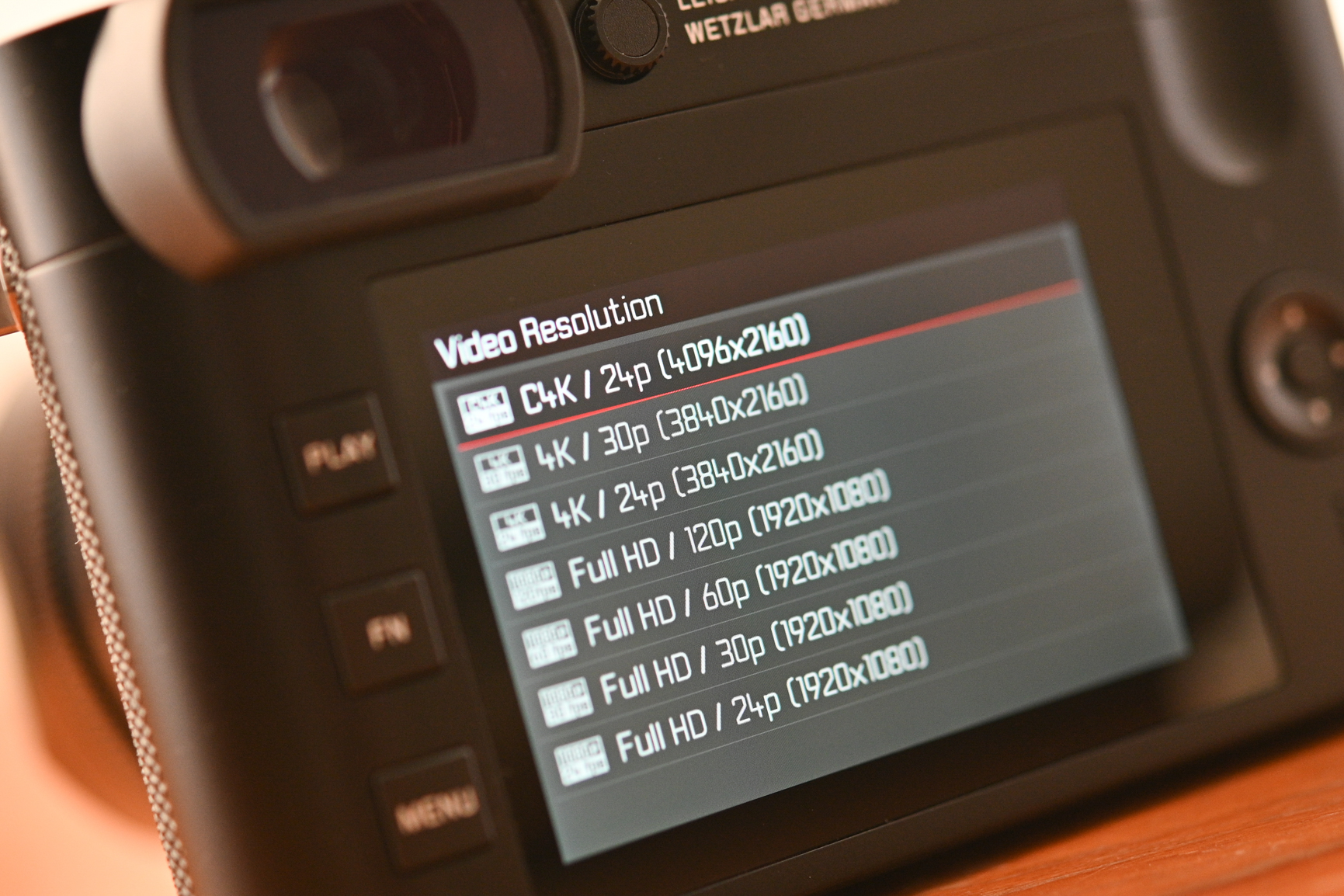
Given that even many cheap smartphones are capable of recording 4K video, manufacturers release cameras without this feature at their peril in today's market. It will always get picked up on, and it only ages your camera faster.
Fortunately, the Q2 arrives with not just 4K video but 4K video in both UHD (3840 x 2160) and DCI (4096 x 2160) flavors, which is pretty impressive when you consider that most cameras will only offer the former. You can even record Full HD video to 120fps for smooth slow-motion footage.
Even so – and despite the optical prowess of the lens, the wide aperture and so on – if you want to take video recording seriously you may be better off with something else. You get limited control compared to the current generation of mirrorless cameras and DSLRs, and the lack of microphone or headphones is a turn off (although not necessarily an issue if you're recording to a separate device).
9. Lovely bokeh
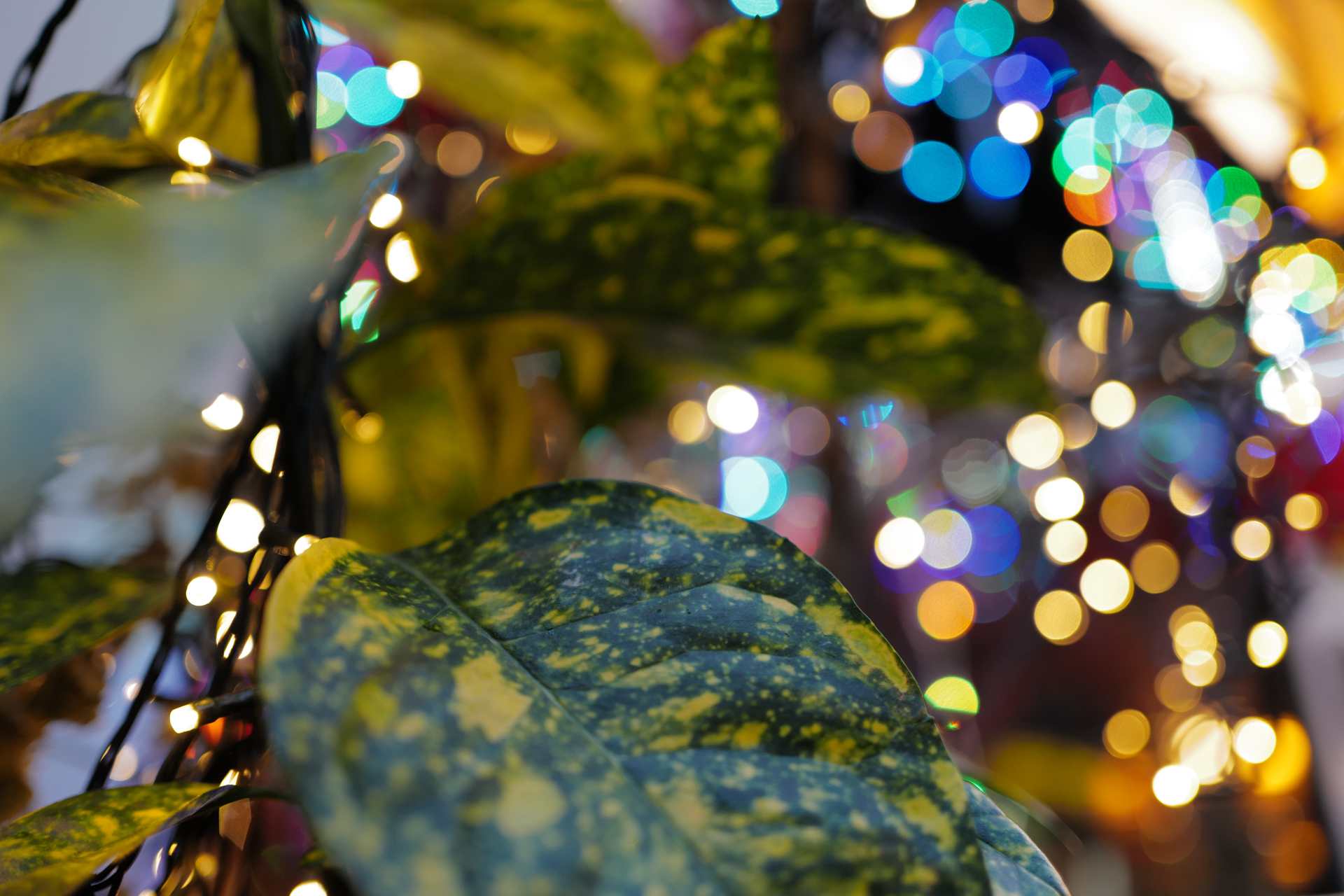
Bokeh is something of an obsession for many photographers. The term derives from the Japanese for 'fuzzy' or 'blurred', and it relates to how good the defocused areas in an image look, particularly small points of light, which we'd ideally want to be nice and round.
Although it's something we tend to associate more with portraiture, and lenses with a longer focal length, the wide aperture of the lens here makes it easy to capture images with a shallow depth of field and blurred backgrounds. And the Q2 does really well to create nicely rounded bokeh – it's not always perfectly smooth when you're viewing images at their full size in Photoshop, but very pleasing nonetheless.
10. The lens is super sharp – but not flawless
Leica is renowned for the quality of its optics, and the lens on the Q2 is sharp enough to do the 47.3MP sensor justice. Even when you're shooting images at the widest f/1.7 aperture, where you tend to find a little softness with most lenses, the camera is capable of recording a superb level of detail.
There's a tiny bit of room for improvement though. The corners of the image hold up better when you use narrower apertures (higher f-numbers) – they're not quite as tack-sharp at wide apertures.
Also, when you look at raw files you can see some noticeable distortion that makes straight lines and edges a little bendy. That said, if you open up your raw files in Photoshop you'll probably not notice this, as these files have corrections automatically applied to them to iron the worst out.